MSI GeForce RTX 2080 Duke 8G OC – Pricing and Availability
The MSI GeForce RTX 2080 Duke 8G OC is now available. Based on NVIDIA’s pricing, an RTX 2080 should start at $699. However, we know that custom cooled version of the RTX 2080 will be priced higher than that, more or less similar with the Founders Edition at $799. At the time this review was published, the MSI RTX 2080 Duke 8G OC has a retail price of around $830 to $850 USD. It’s higher than the SRP, but the Gaming X Trio variant is more expensive with its custom design PCB and beefier cooler design.
MSI GeForce RTX 2080 Duke 8G OC Review: Conclusion
There you have it guys, I guess my sentiments on the MSI GeForce RTX 2080 Duke 8G OC is somewhat similar with the NVIDIA GeForce RTX 2080 Founders Edition. Although both graphics cards have different cooler design, they perform very similar; with the RTX 2080 Duke just a hairline faster than the Founders Edition.
Let’s talk about the RTX 2080 in general first. I think this whole real-time ray tracing and deep learning super sampling are great technology that would help improve the visual fidelity, realism and immersiveness in PC games. I’m all for visual improvement and I hope that one day we will be able to play games with visual effects and graphics fidelity similar to what we see on a game’s cutscene movie (think Blizzard’s Diablo or StarCraft’s or Final Fantasy cutscenes).
Real time ray tracing is just a small step, but it is forward thinking. I think this (Turing and all its features) has to happen, otherwise we would be stuck playing games with old visual tricks to fool our eyes. While real-time ray tracing is not as easy to implement and still in its infancy stage; DLSS is the killer feature on new RTX graphics cards. This is much easier to implement for game developers compared to real-time ray tracing; and it would bring the performance of these new RTX graphics cards to the next level.
It’s just unfortunate and disappointing to see that there are no real-time ray tracing and/or DLSS enabled games available at the moment. But we will test and review the performance of these graphics cards again once real-time ray tracing and DLSS features are rolled out. I’m quite curious to see how the MSI RTX 2080 Duke would perform when RTX is on and DLSS is enabled.
I like the industrial look of the RTX 2080 Founders Edition, and I also like how the MSI RTX 2080 Duke looks as well. The cooler design is not as thick compared to other custom-cooled or custom designed RTX 2080, as the Duke only occupies two PCI slots. Although it does extends a little bit, lengthwise, to compensate for the lack of thickness. The all-black design with grey or silver accents looks nice and the graphics card itself is not excessively decorated with RGB lighting.
Aesthetics is one thing and it usually falls on user preference, but function is another and I have to say that I am impressed with the cooler on the RTX 2080 Duke. It can passively cool the GPU and other components on the graphics card. While on full load, the fans manages to cool the large heat sink while keeping the noise level to very minimal, almost inaudible levels.
In terms of performance, this MSI RTX 2080 Duke comes with factory overclock speeds, and so does the RTX 2080 Founders Edition. That’s why both performs almost exactly the same in most if not all games we tested. One reason why the MSI RTX 2080 Duke was able to beat the Founders Edition, by a small margin, is perhaps because it runs cooler. Because of this, the GPU can sustain the boost clock speeds longer and probably higher as well.
The GeForce RTX 2080 is definitely faster than its predecessor, the GTX 1080. We see around 20%+ up to 40%+ increase from the GTX 1080 depending on the game and resolution. I noticed that these new RTX 20 graphics cards deliver better performance at higher resolution, especially at 4K UHD. However, we don’t see a huge performance leap from Pascal to Turing, unlike with Maxwell to Pascal. The RTX 2080 is just a bit faster than the GTX 1080 Ti; and most of the time the RTX 2080 performs just on par with the GTX 1080 Ti. I think it wouldn’t really make any sense if you are upgrading from a GTX 1080 Ti to a RTX 2080; not unless you are going for the real time ray tracing and DLSS feature.
While, the GTX 1080 Ti might seem a better choice compared to the RTX 2080; the GTX 1080 Ti won’t support real-time ray tracing and DLSS due to the fact that it doesn’t have RT and Tensor cores. We haven’t seen the full potential of the new RTX 20 series cards yet and they still have some cards left to show (ray tracing and DLSS). That DLSS, once rolled out and implemented on games, would definitely boost the performance of these new RTX 20 cards, and would only widen the performance gap from the GTX 10 series.
At this point, like with my reviews of the RTX 2080 Ti and RTX 2080 Founders Edition. I can’t fully conclude or close it since we haven’t covered everything about these cards yet. But the MSI GeForce RTX 2080 Duke 8G OC is definitely a good and solid graphics card. It looks great, not too thick, performs from dead silent to almost inaudible even at full load and it is fast. The MSI RTX 2080 is a great upgrade especially if you are coming from an older generation of graphics card, or even from a GTX 1070 (Ti) and below.



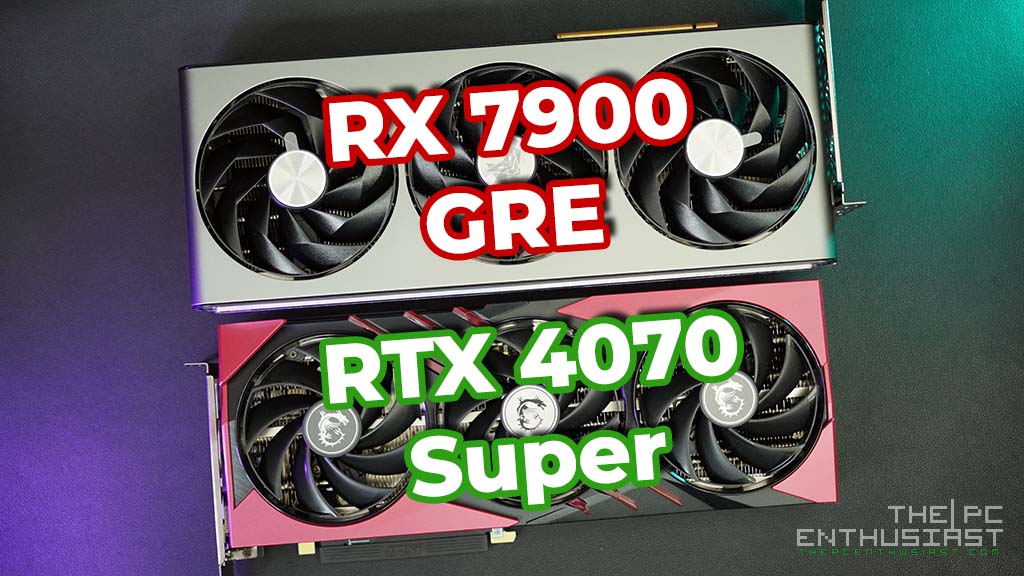
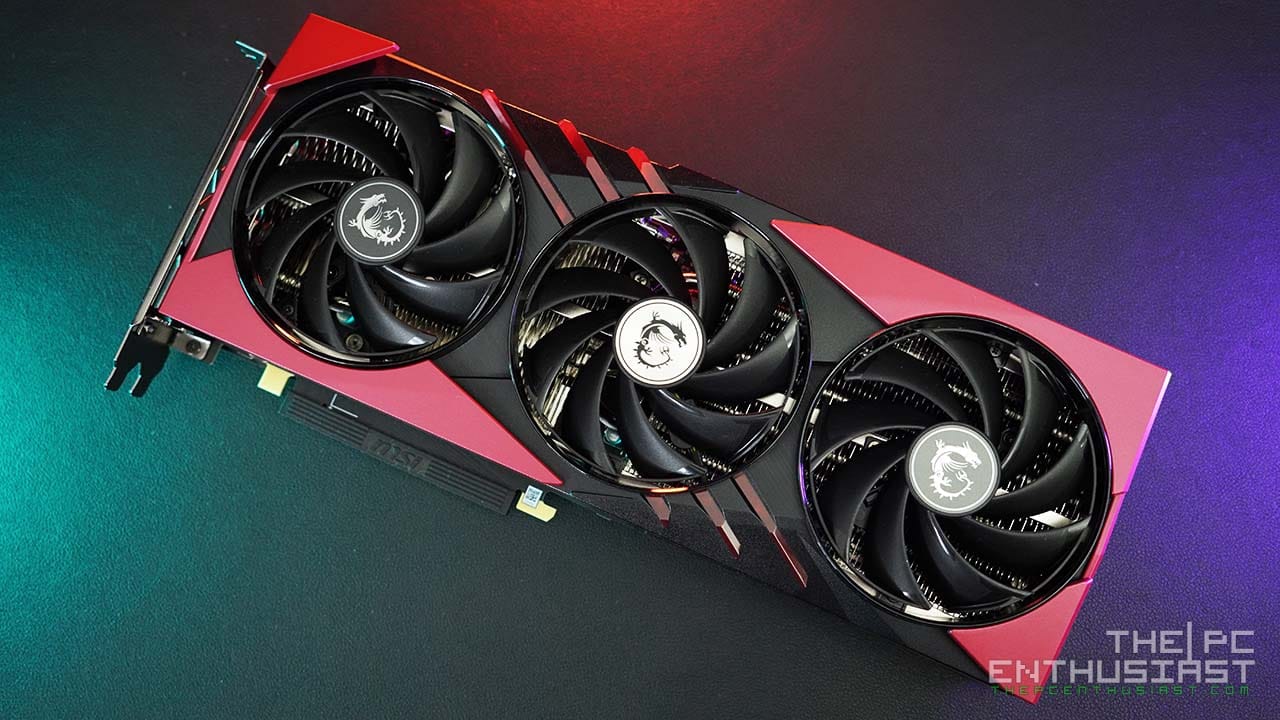
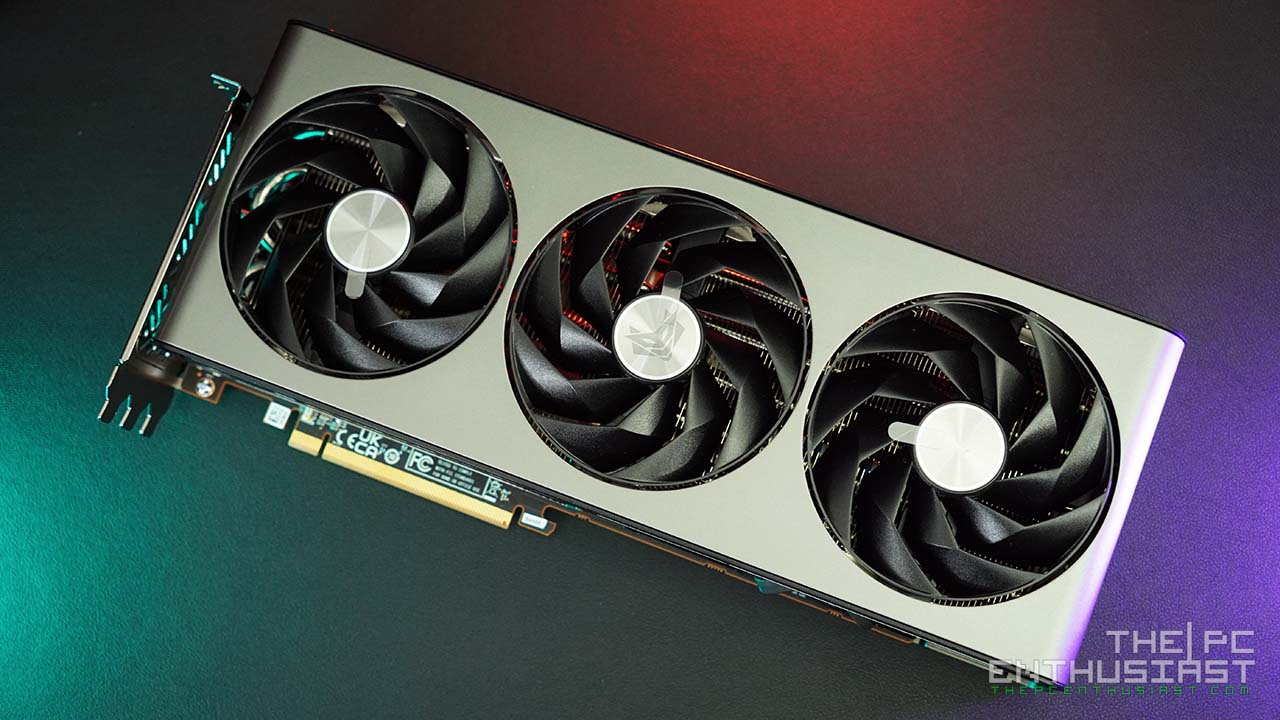

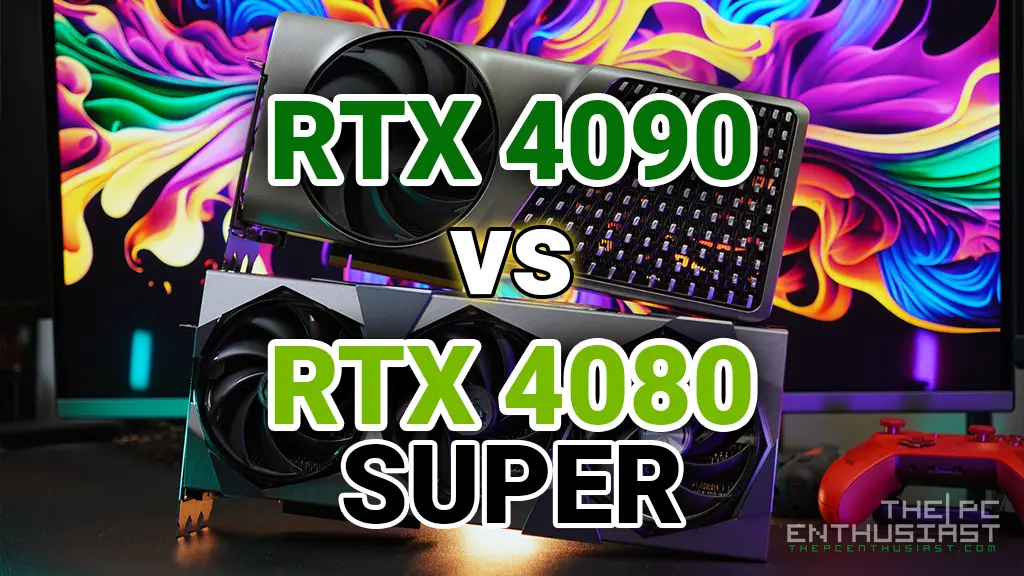
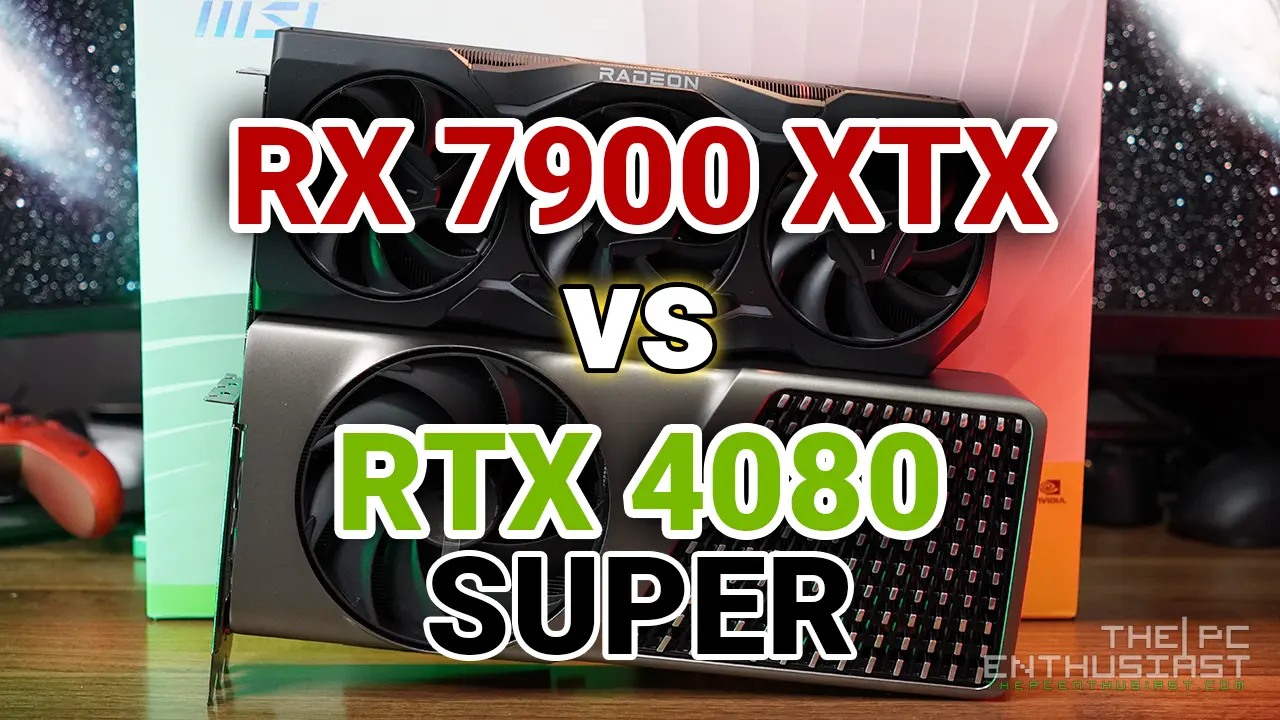

Have you heard any reports of “noise” coming from these cards? And I don’t mean just when they are under load from gaming; I mean noise while idle. There is a somewhat loud, and definitely obnoxious noise from my Duke OC, and I have no idea what would be causing it; I do know that my PC was not noisy to any extent before I got this card. The only time there would be noise would be if I ramp up the case fans’ speed using the adjuster dial on the case. But ever since I installed that Duke, from probably a week or so after I got it, it has been making this noise; I can’t describe it, either.
Are you referring to coil whine noise? Or are the noise coming from the fans themselves? We haven’t encountered this issue with out Duke OC.
I just won the 2080 duke oc, how much do you think i will get for it?
You won a 2080? That’s cool! Not sure what’s the current pricing due to the current (shortage/scalping) situation, but you can check local pricing for reference.